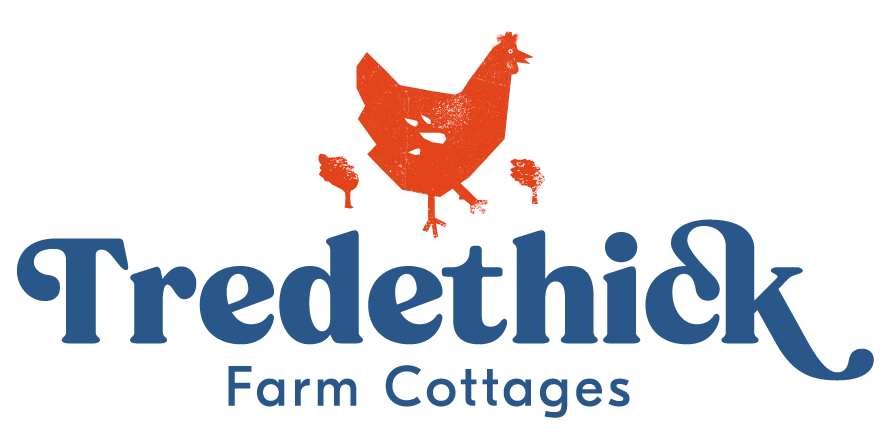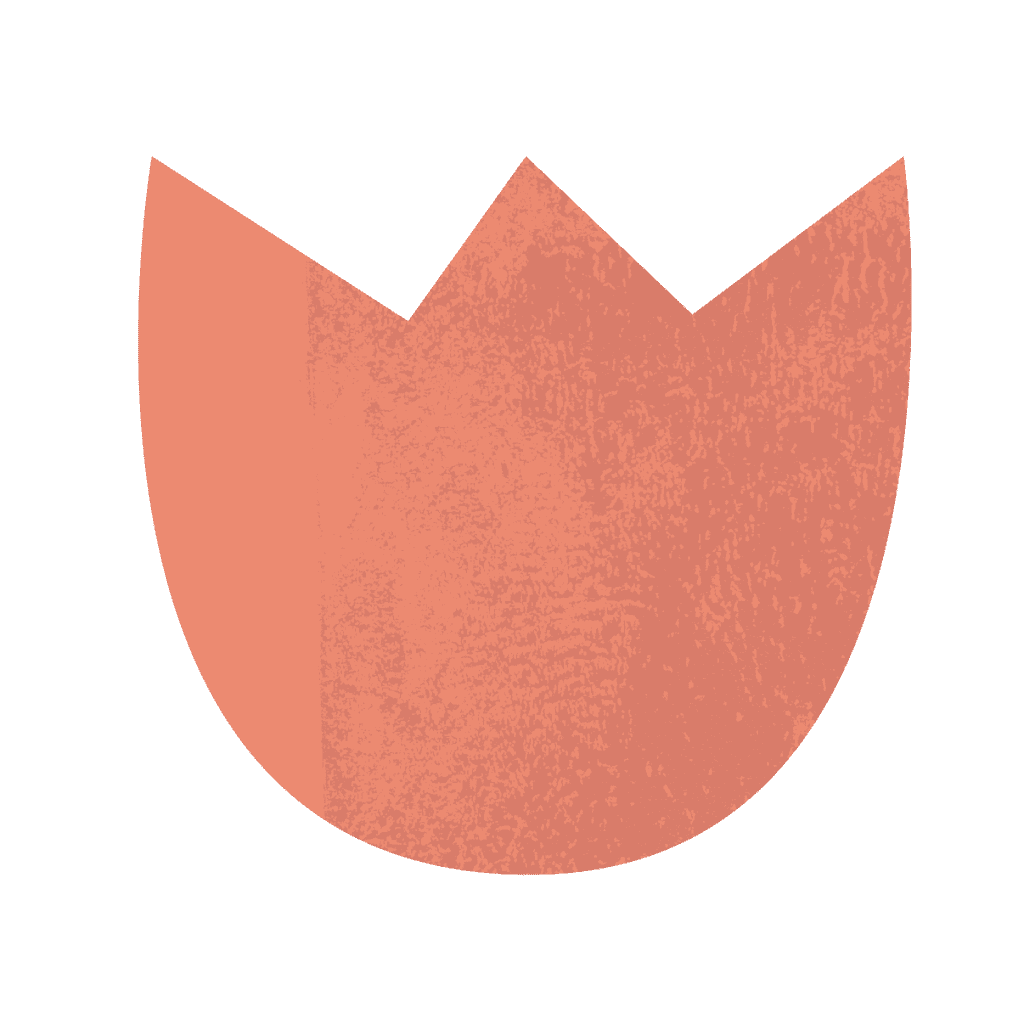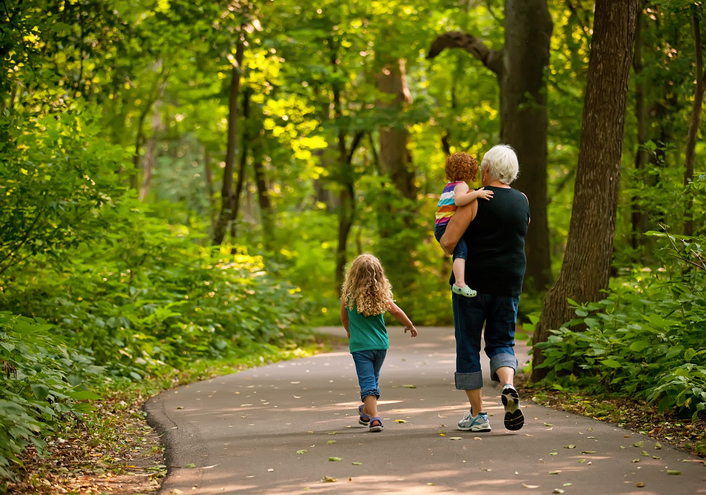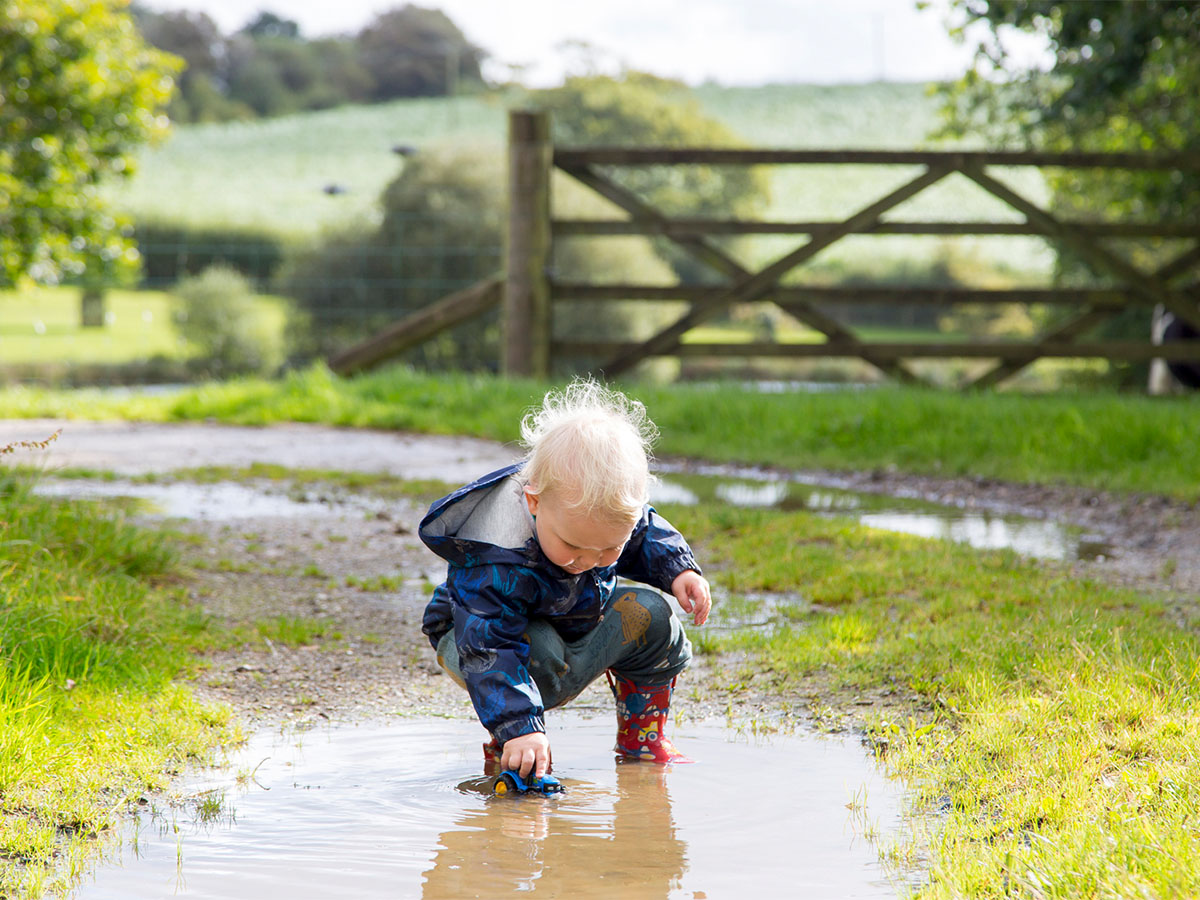With more than 70 acres of private pastures and woods in Cornwall, we encourage guests to explore. So there’s a story-map and paper scavenger bag to guide children through our woodland playscape, and to introduce them to the woods’ wildlife. Also, families can log their nature sightings (and find out about others) in our Nature logbook in the soft play.
Cornfield field
We collaborate with the National Wildflower Centre at the Eden Project, which means we share our land to grow a field of corn annuals: cornflower, corn marigold and corn chamomile. The crop has germinated well, so it’s likely to bloom in September.
The UK has lost 97% of its wildflowers since 1945 and we want to give families the chance to reconnect with their beautiful natural heritage here in Cornwall. We’ll produce seed packets from these flowers to sell in our honesty farm shop, so families can enjoy the flowers when they get home too.
Dormice survey
Tredethick is home to these adorable, but endangered species. Cornwall Wildlife Trust ecologist Laura Snell has established survey boxes and monitors them to find out more about this population. We manage hedgerow (cutting much less regularly) to support this population.
Organic gardening
Tredethick’s gardens are managed organically. We have plenty of compost with all our animals! So we share some of this with flower grower and mumpreneur Alice Mitchell (Flora & Fawen) who grows flowers just up the road. Alice creates exquisite farm flower bouquets which you can order.
You’ll see ‘No mow’ areas around the farm complex. In these areas we allow longer, unmown grass which produces a diverse range of flowers and other nectar-rich plants like oxeye daisies and field scabious. This increases nectar sources for different pollinators and extends nectar availability into late summer.
Country Stewardship and other projects
Tredethick has a field of winter bird food: linseed, kale, sunflowers, quinoa, millet and fodder radish as part of Countryside Stewardship. This attracts plenty of insects to feed over-wintering birds. Tredethick farms gently: we have a policy of low stocking levels and no artificial fertilisers.
What’s next?
Tredethick lies between Fowey estuary marine reserve and Redlake nature reserve. We are exploring the possibilities of creating a wet meadow habitat through soil and habitat analysis.
What will you see?
A few of the animals and plants commonly seen at Tredethick:
In the wet meadow and ponds (Searles Moor)
Animals: Canada geese and goslings in the spring, Azure Damselflies and Emperor Dragonflies, frogs, mallards, moor hens, cinnabar moths,
Plants: Yellow iris, Pussy Willow, Fool’s Water Cress, Woundwort, Meadowsweet
In the broadleaf, native woodland
Animals: Jays, squirrels, badgers, foxes and rabbits. Barn and tawny owls. Dormice survey boxes. The dormice are there, but please don’t disturb them!
Plants: Wood anemones and wood sorrell, scarlet pimpernel, saxifrage, primroses and celandine. Bluebells.
Watch out for: edible wild cherries, sweet chestnuts and cobnuts (hazel)
Fields and hedgerow
Animals: Butterflies including common blue, meadow brown, ringlet and gatekeeper
Many species of bumblebee. Green woodpeckers, song thrushes. Bernie the resident Buzzard, who uses the alpaca’s haynet post and field posts to survey the land.
Grasshoppers and crickets, gold and green finches
Plants: Pink campion, foxgloves, stitchwort, dog-violets, primorses, shepherd’s purse, cuckoo flower, wild rose species.
Watch out for: Blackberries and sloes
Around the cottages
Animals: You’ll commonly see blackbirds, thrushes, wood pigeons, collared doves, perhaps a bullfinch. There are hedgehogs. lesser horseshoe bats, swifts (who nest each year in the bike shed. You’ll hear the jackdaws who nest a redundant chimney in the farmhouse.
Plants: Snowdrops, primorses, valerian
Watch out for: Conkers, walnuts, apples, figs
Where to explore next
Our natural world is a wonderful exploration for young children. Take a look at our Wildlife Fun blog for information on where to see beavers, puffins, dolphins and more, while you are in Cornwall.





